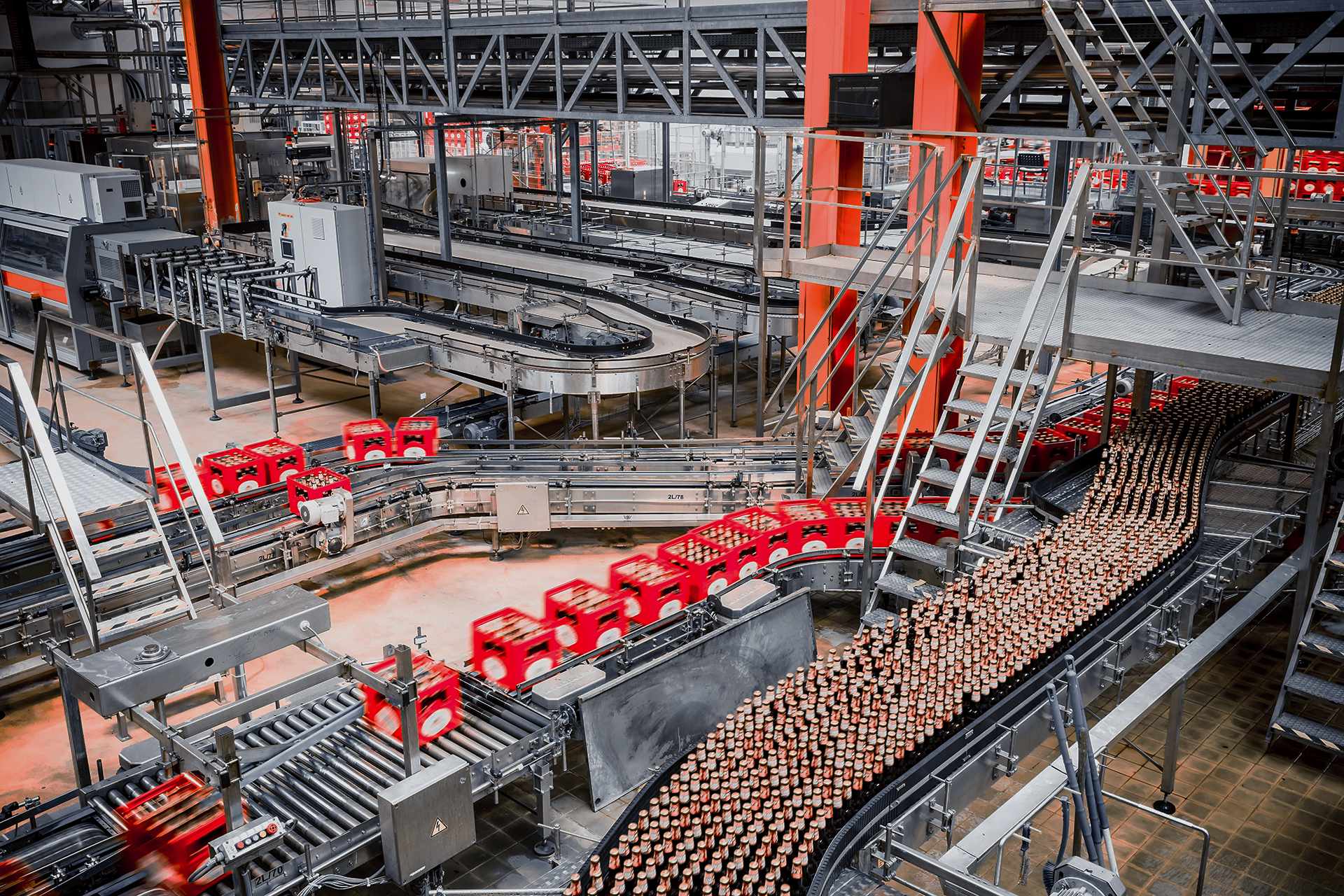Embedding predictive simulation in operational planning

Predicative simulation helps you make evidence-based decisions that reduce risk, optimise resource allocation and deliver greater operational control.
Author: Oliver Bird, Director of Business Development, Industry
In the face of supply chain disruptions, labour market constraints and rising energy costs, business leaders, supply chain managers and plant managers face increasingly difficult decisions on planning, managing and optimising performance.
Instinct and static spreadsheets can only take you so far when those decisions involve complex physical and digital processes. In these situations, predictive simulation is a game-changer.
What is predictive simulation?
Predictive simulation is the science of creating accurate models to represent the behaviour of real-life processes. It allows for virtual 'what-if' testing when experimenting in real life would be impractical, expensive or even dangerous.
Through predictive simulation, you gain:
- An understanding of how changes (investments, processes, resources) impact end-to-end processes
- Foresight on whether investments will achieve their KPIs and deliver ROI
- Evidence to underpin the business case for investments
- Streamlined stakeholder buy-in, because the impact of decisions is clear
Predictive simulation is increasingly used to help maximise ROI from capital projects. But another important (and often underutilised) application relates to operational decision-making.
In this article, we’ll look at 4 operational use cases where predictive simulation helps streamline planning and deliver cost savings – and enables the organisation to deliver more value.
Use case 1: Batch sizing and sequencing
Across manufacturing lines, what’s the optimum batch size and sequence for different products? If you have 5 products, should the production sequence be A, B, E, D, C based on changeover times? Or should C be the first, so it’s out of the way? And what’s the impact on profitability for different combinations?
This are complex questions when you factor in different product content, supply chain considerations and set-up and changeover times. Predictive simulation can provide answers based on key KPIs. For example:
- KPI is throughput – The model can determine which sequence will deliver the most units based on product mix, demand schedules and changeover times
- KPI is profit – The model can calculate the optimal product mix based on the demand schedule and the relative profitability of different customers
- KPI is customer satisfaction – The model can determine the ideal size and sequence to deliver on priority orders while sequencing subsequent production to deliver on secondary KPIs
Predictive simulation can also help you make more informed decisions based on what’s happening in real-time. What should you do if there’s an issue with a line and the maintenance engineer is sick? Switch product? Go on and do rework? The modelling gives you a risk-free way to understand the impact of different choices, so you can proceed with the scenario that delivers the best results.
Use case 2: Staffing and shift scheduling
Labour requirements are key to operational planning – in terms of achieving performance and optimising costs. So what’s the best way to deploy staff and structure schedules to deliver the right outcomes as demand shifts over time?
Predictive simulation makes it easier to answer these questions. Barclays Merchant Services discovered this when looking to optimise call centre operations. Their centre handles more than 20 million calls annually, and they needed to know when and how to deploy employees so as to meet service level requirements and manage costs.
By modelling call centre operations in our Twinn Witness Horizon predictive simulation software, they optimised the number of employees required to handle calls, as well as the number and length of shifts. The model accounted for key factors such as the changing volume of calls over a week, the skills and effectiveness of each agent and the availability of systems to support agents.
Barclays Merchant Services used the model to test different theories on manning the call centre and discovered that specified service levels could be achieved with fewer man hours than initial predictions suggested. This enabled them to reduce overtime costs by between £80,000 and £100,000 a year – while still achieving their customer service targets.
Mike Tubb, the Continuous Improvement Team Manager at Barclays Merchant Services, stated: ‘Witness has become a vital tool in our customer service and budgeting processes, identifying resource requirements for varying scenarios…What the software offers is confidence. The user won't need to worry because he will have already modelled all the possibilities and knows what will happen. We’re not just offering savings and improved service here; we're selling a good night's sleep!’
Use case 3: Succession planning
Predictive simulation doesn’t just help make evidence-based decisions on short-term staffing. It also facilitates the medium- and long-term operational planning that’s key to delivering lengthy work programmes.
We’re increasingly seeing this in the defence, energy and nuclear sectors, where programmes can take decades and need effective ongoing succession plans built in. Different skills are needed in different phases, and if you don’t have enough qualified people at the right time, the programme faces costly risks and delays. In some cases, people who will see out the programme won’t even be born when it starts!
Predictive simulation helps you understand in detail what capabilities you need and when, so you can implement succession plans that ensure operational continuity.
Use case 4: Capacity and supply chain planning
Predicative simulation also helps you make evidence-based supply chain decisions that reduce risk, optimise resource allocation and deliver greater operational control.
Mars Chocolate North America is a great example. It has 29 product lines running across 6 US sites, each with different product mixes and chocolate consumption requirements. Mars’ quality standards limit bulk storage capabilities, making accurate planning essential.
With so many dynamic processes at play, would it be better to make all chocolate types where they’re required or manufacture in fewer, larger facilities and ship regionally? Using a predictive simulation model in Twinn Witness Horizon predictive simulation software, Mars analysed operational performance based on different scenarios across the lines and sites. This helped define the optimal way to work within constraints while identifying previously unknown risks and highlighting opportunities for cost savings and performance improvements.
What complex operational problems keep you up at night? Contact us to more about how predictive simulation can help you solve them.
